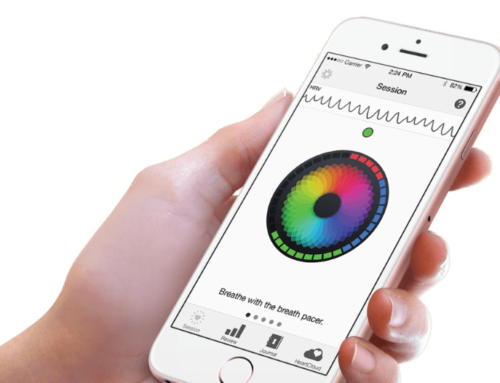 You may be wondering, what exactly is expressive therapy? At its core, expressive therapy is the use of some kind of creative art form– which can include drawing, painting, writing and even movement like dancing and acting – in order to assist in the processing and communication of difficult emotions. The basic premise is that in using our imaginations, we can change or accelerate the healing process – especially for those who are having a hard time with or who have stalled in traditional talk therapy work.
You may be wondering, what exactly is expressive therapy? At its core, expressive therapy is the use of some kind of creative art form– which can include drawing, painting, writing and even movement like dancing and acting – in order to assist in the processing and communication of difficult emotions. The basic premise is that in using our imaginations, we can change or accelerate the healing process – especially for those who are having a hard time with or who have stalled in traditional talk therapy work.
- Expressing feelings and emotions verbally can be extremely difficult for anyone – especially adolescents living with an eating disorder. Being an adolescent is hard. Emotions and impulses are amplified. The frontal lobe hasn’t completely developed which can make logical decision-making and processing a difficult feat. Pair all of these things with an eating disorder, and you can begin to understand the struggle that many adolescents work through on a daily basis. One of the many reasons I love this intervention, is that it gives adolescents an opportunity to take the “pressure” off themselves and onto the paper, in a way that can feel less intrusive than an individual talk therapy session. There is also a lot more opportunity for more abstract thinking which can facilitate greater insight from both the client and the therapist working with them.
- Group expressive therapy can promote the building of meaningful relationships. What we know about eating disorders is that they thrive in secrecy and isolation. One of the biggest goals for anyone that comes to us for treatment is the creation of or reconnection to friends and family. Expressive therapy is a great way to engage other members in program in a way that helps facilitate mutual understanding and empathy. As an individual shares their work, other group members can comment on what they are seeing in order to validate shared experiences and/or build insight into what is going on for themselves.
- Expressive therapy can help increase and foster self-esteem. For many teens – especially teens living with eating disorders – self-worth and self-acceptance are often extremely low. Creating art and being able to see a project through start to finish can foster a great sense of accomplishment. Do you remember being little and proudly saying, “Hey, look at what I drew!” Unfortunately, most people stop drawing or practicing art when they are teens, due to feeling insufficient at the task. However, my favorite thing to say to my clients is, “Creating art is not about the finished product – it is about the process.” This is very similar to the idea that treatment is a process. Everybody’s journey is unique and different and one way is not better than another.
In almost all levels of care here at Walden, we make time within the programming day for the adolescents to create artwork. My advice to parents of adolescents living with an eating disorder – or parents of any adolescent – is to encourage them to use art as a coping skill. Having an outlet such as expressive arts is essential to those in treatment, no matter what level of care.
Want to know more about the expressive therapy practiced at Walden? Feel free to reach out to me at acocchi@waldenbehavioralcare.com or visit our website. We’re always here to help!
####
Ashley Cocchi MS, is an adolescent clinician at Walden’s Amherst’s location offering PHP and IOP level of care. She earned her BFA at The Art Institute at Lesley University. She then received her Masters at The College of New Rochelle in New York, studying Art Therapy and Counseling. She is passionate about art and creative modalities and tries to add art in therapy wherever she can. She also loves music, going on adventures, drinking coffee and stand up comedy.







